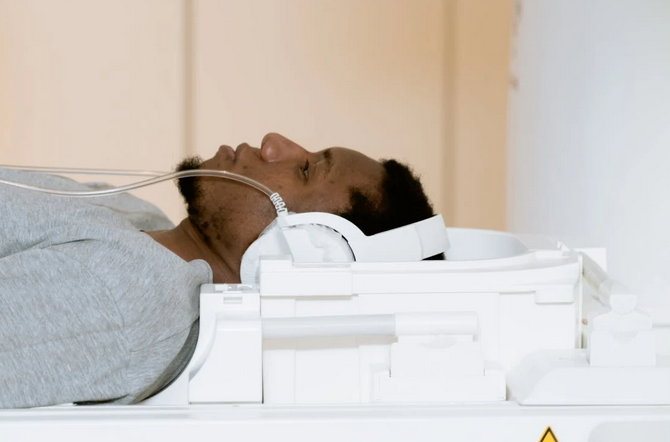For athletes, recovery is just as crucial as training. Athletes are constantly pushing their bodies to the limits, seeking any edge that can enhance performance and accelerate healing. That’s why many athletes start searching “hyperbaric chamber near me” on Google and talk about it non-stop.
Imagine stepping into a space where oxygen surrounds you at higher pressures, promoting faster healing and reducing fatigue. This method has become a game-changer for many looking to bounce back quickly from injuries or intense workouts. But what exactly makes these chambers so effective? Let’s find out the answer here.
How Athletes Use Hyperbaric Chambers for Performance

Athletes are always on the lookout for methods to enhance their performance. Hyperbaric chambers have emerged as a popular choice for many, primarily due to their ability to facilitate faster recovery. When athletes spend time in these chambers, they breathe in pure oxygen at increased atmospheric pressure. This process increases oxygen availability in the bloodstream, helping muscles recover quicker from intense workouts or injuries. Endurance athletes, like runners and cyclists, often use hyperbaric therapy to speed up healing and reduce downtime after events. The enhanced oxygen supply promotes tissue repair and reduces inflammation, allowing them to train harder and longer.
Portable vs. Clinical-Grade Chambers
Hyperbaric chambers typically have two main options: portable and clinical-grade. Each type serves different needs. Portable chambers are designed for convenience. They can be set up in homes or training facilities, making them accessible for regular use. These units often rely on air pressure rather than pure oxygen, which may limit their therapeutic benefits but still provide a decent recovery experience. On the other hand, clinical-grade chambers offer a more robust solution. Found in medical settings, these chambers deliver high-pressure environments with 100% oxygen. This setup is ideal for serious injuries or conditions that require intensive therapy. While portable models appeal to casual users seeking relief, elite athletes often favor clinical-grade options due to their proven efficacy and advanced technology.
FDA-Approved Home HBOT Devices

Home hyperbaric oxygen therapy (HBOT) devices are becoming increasingly popular among athletes looking for recovery solutions. These FDA-approved machines allow users to experience the benefits of increased atmospheric pressure in the comfort of their own homes. Typically designed for single-person use, these devices are compact and relatively easy to operate. They offer a controlled environment where athletes can enhance oxygen delivery to tissues, aiding in healing. One key advantage is accessibility. Athletes no longer need frequent trips to clinics or specialized facilities, which can save time and money. However, users need to follow guidelines carefully.
Risks and Misconceptions
Hyperbaric oxygen therapy (HBOT) is often surrounded by myths and misunderstandings. Some believe it’s a magical cure-all, but that’s far from the truth. While it can aid recovery, it’s not a replacement for traditional medical treatments. Another common misconception is that using hyperbaric chambers guarantees faster performance enhancement. The reality? Individual results vary greatly based on numerous factors, including overall health and specific injuries. Safety remains a concern for many athletes considering HBOT. Although serious risks are rare, potential side effects like ear barotrauma or oxygen toxicity exist. It’s crucial to use these chambers under professional supervision to minimize any dangers.
Hyperbaric chambers have become increasingly popular among athletes seeking to enhance their performance and speed up recovery. However, it’s crucial always to consult with medical professionals before starting any new treatment plan. Exploring all aspects of this therapy can lead you toward making informed decisions on your path to enhanced performance and faster recovery times.

